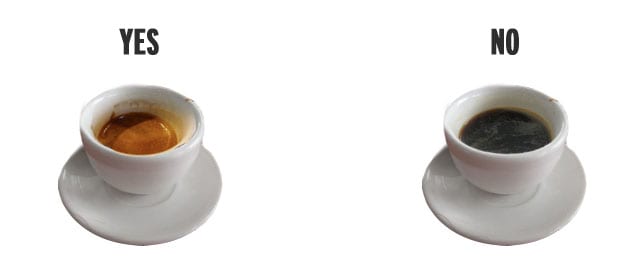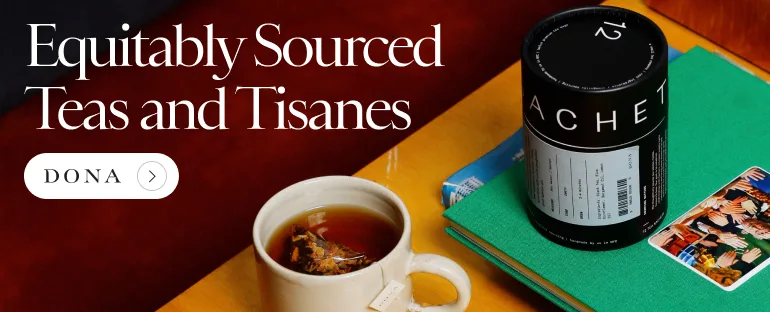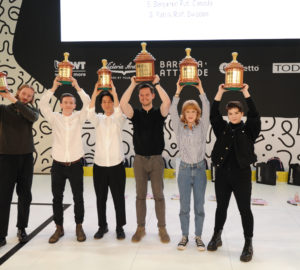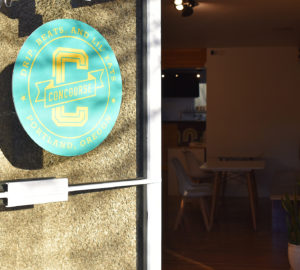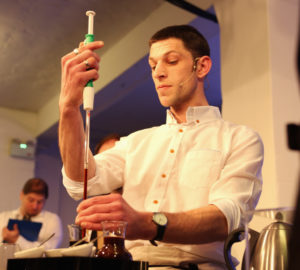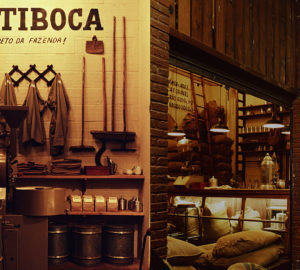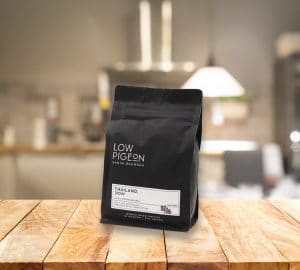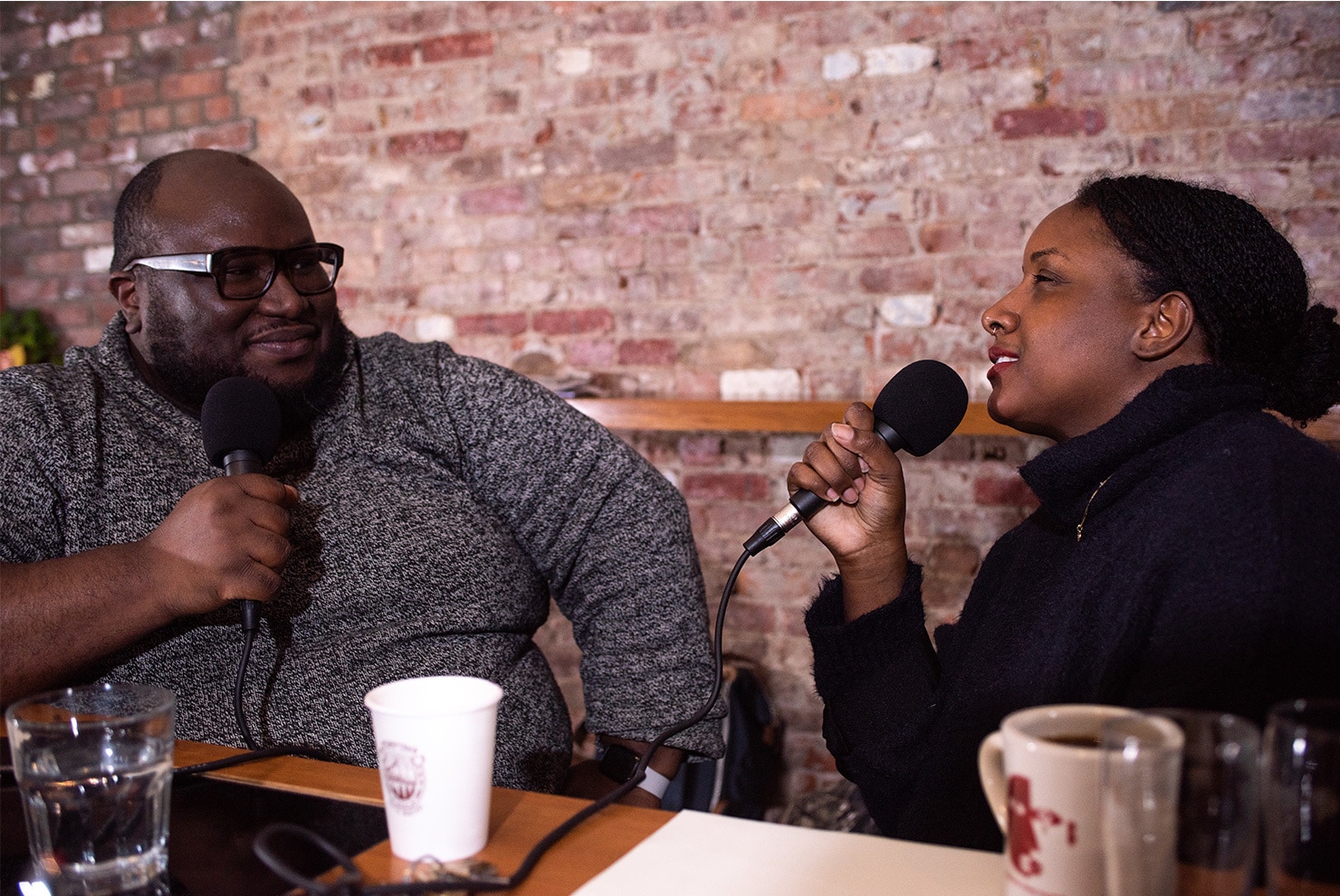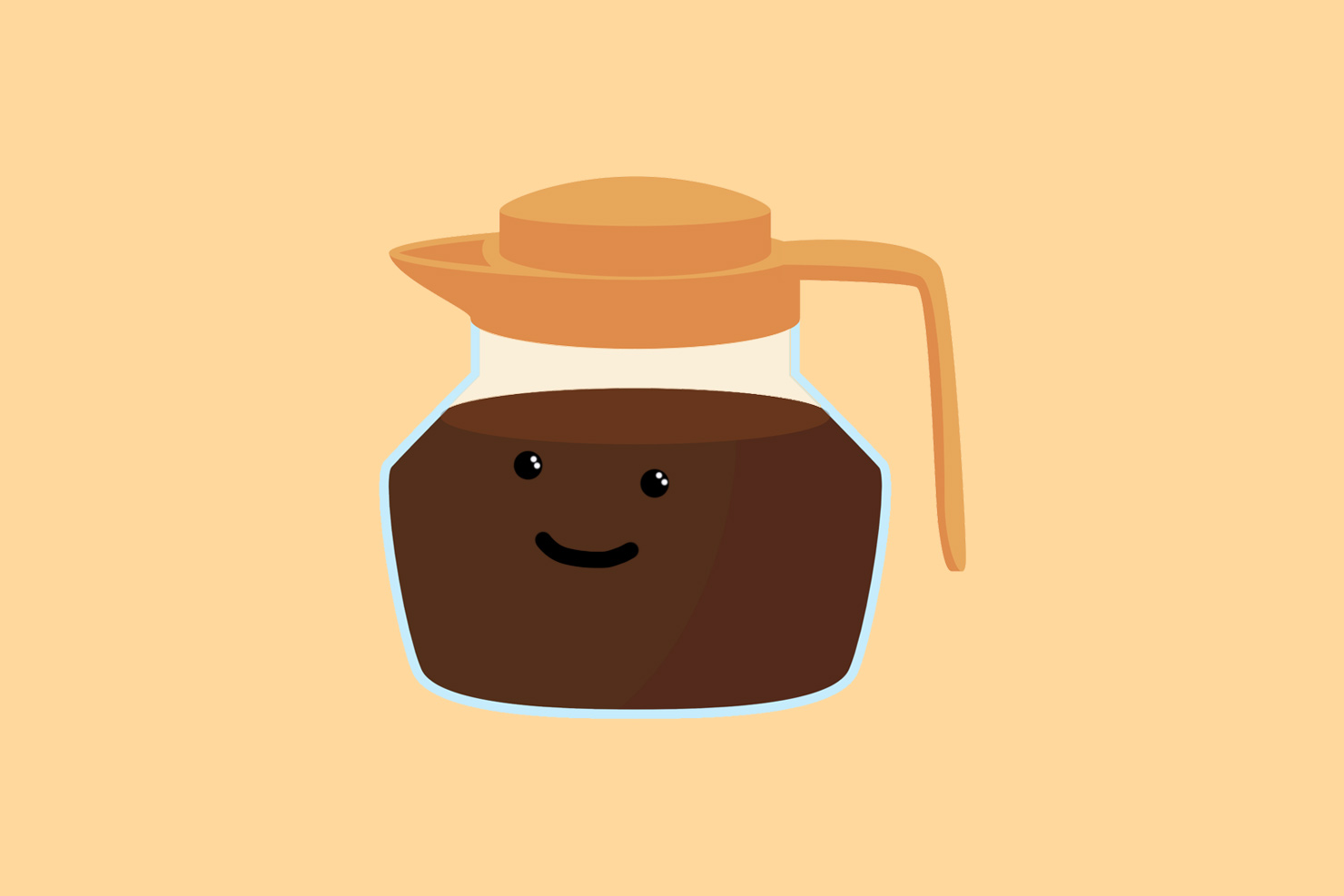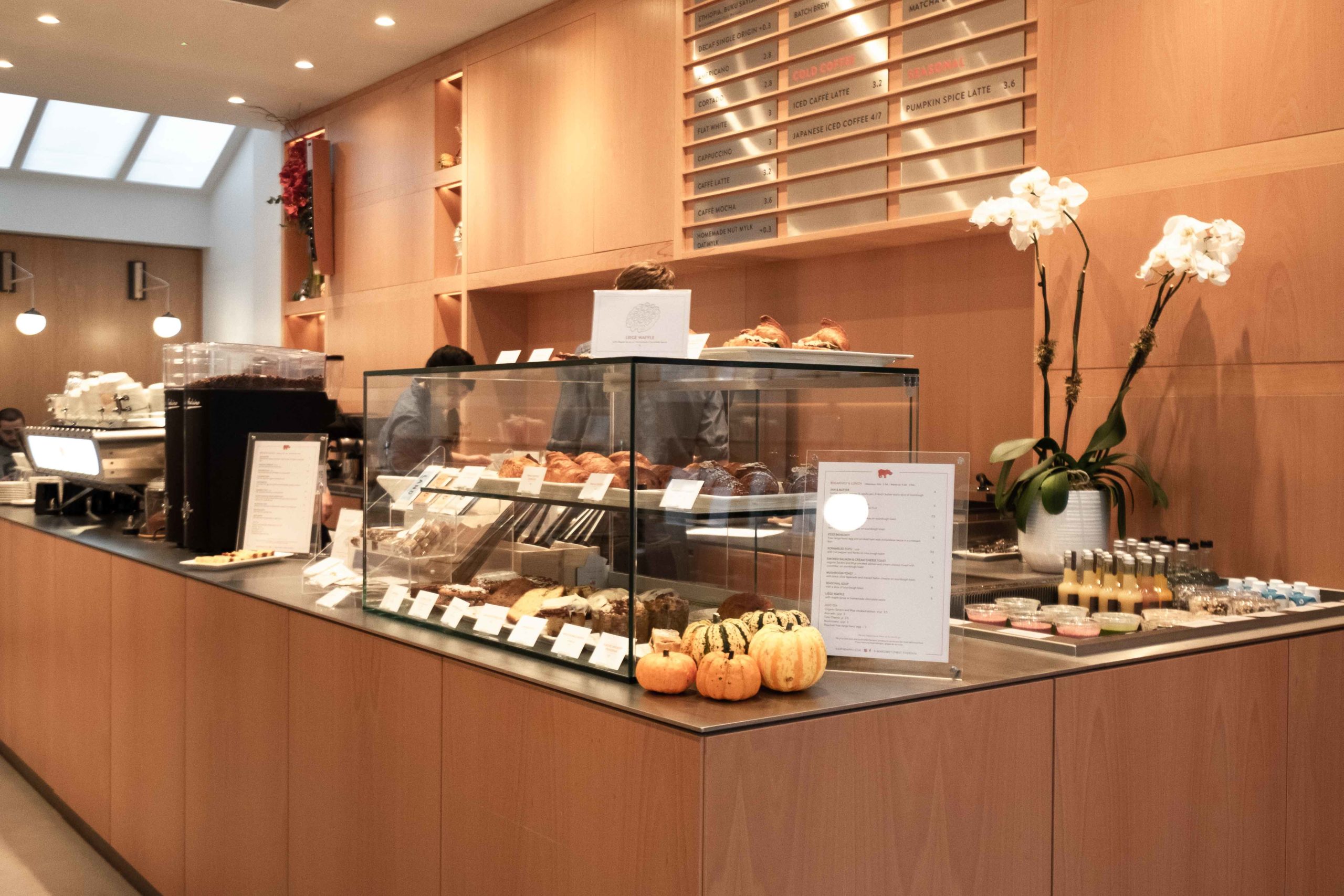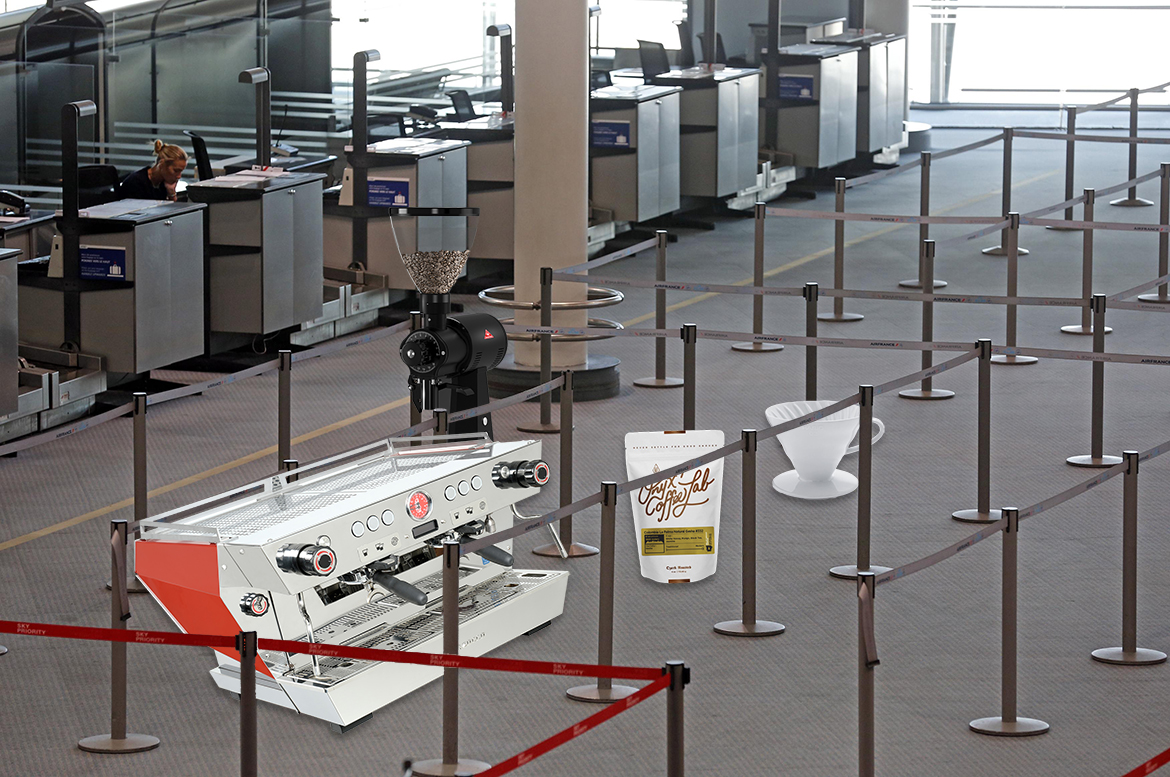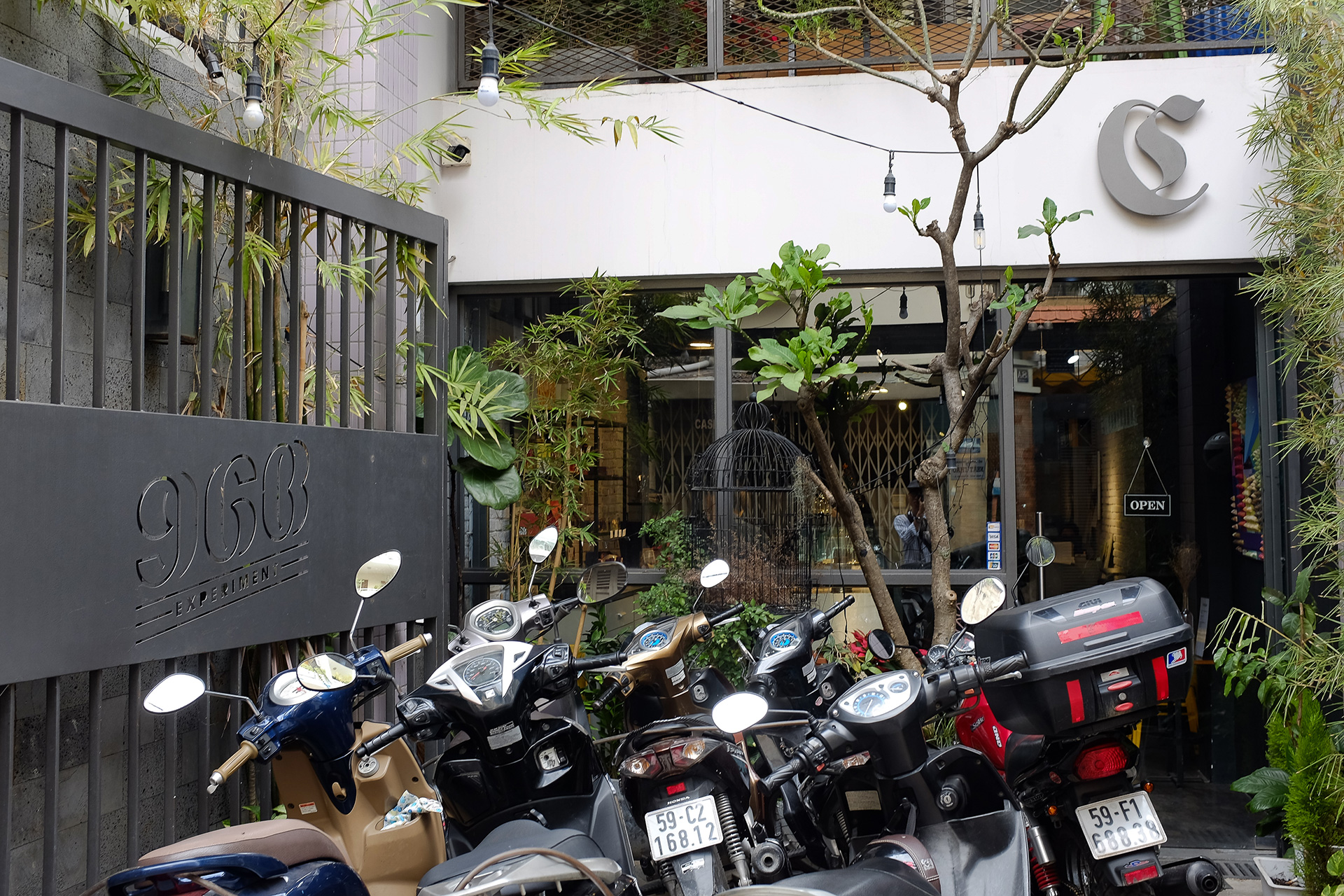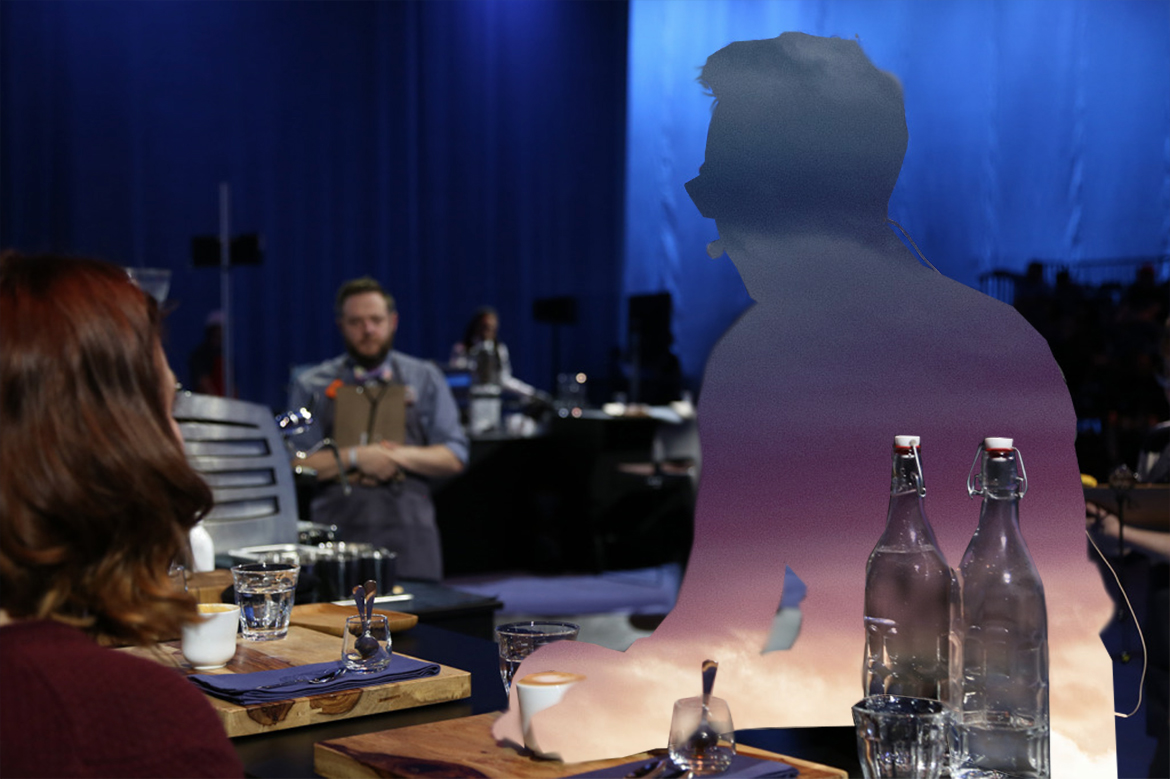Somehow, improbably, barista competition time is nearly upon us again here in the United States. Sprudge.com will be covering all regionals and nationals as your minty new official Digital Media Sponsors, but for all of you would-be competitors out there, be aware: there’s some scoring changes in play this year as set by the Competitions Sub-Committee of the SCAA. Sprudge.com staff writer (and certified USBC Judge) Alex Bernson is all over it in this feature, which includes interviews from noted Head Judges Scott Conary and Dan Streetman.
Ah, Fall. The time when baristas all over the country carefully un-box last year’s competition flat wares, madly cup potential coffees, and book time on the nearest Nuova Simonelli Aurelia II T3 in preparation for Regionals. This year, the Competitions Sub-Committee of the SCAA got together in Boston to approve and roll-out a revised set of Rules and Regulations that bring welcome streamlining and modernization to the barista competition judging criteria, particularly in sensory scoring. On order of my hunty Sprudge editors, I’ve gone in-depth to help you become the next barista champion! Or something. Probs more like, “I’ve gone in-depth to talk a bunch about the new rules!” – that doesn’t sound as glitzy though.
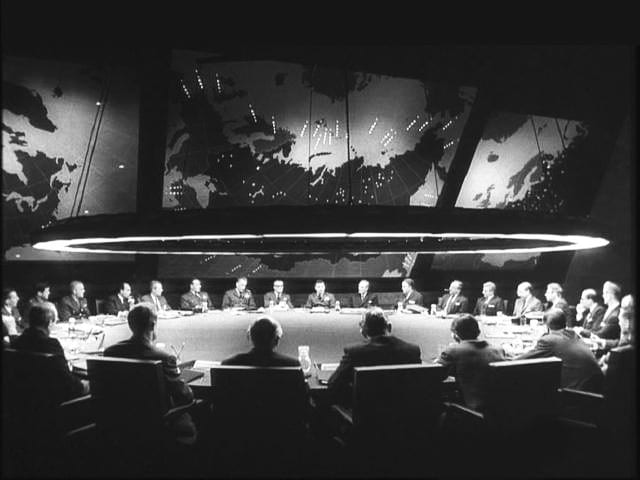
Glamorous or not, they’re rules you need to know if you wanna win and win big at USBC 2012. The biggest changes come in espresso evaluation:
- a simple Yes/No “Crema” score replaces the 0 to 6 “Colour of Crema” score
- the 0 to 6 x4 “Taste Balance” score has been re-weighted to x2 to make way for a new 0 to 6 x2 “Flavor” score.
Some other changes:
Technical scores for “clean working area at end” and “station management” are now combined, and tech judges are being asked to be ever-more exact and must now agree on acceptable spill waste.
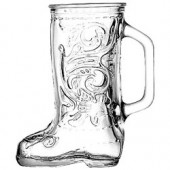 For Signature Drinks, the previous 0 to 6 “Look and Functionality” score has been changed to two Yes/No scores for “Visual Presentation” and “Functionality”. We’re not sure where Heather Perry’s signature “Cowboy Boot” glassware would land in this category.
For Signature Drinks, the previous 0 to 6 “Look and Functionality” score has been changed to two Yes/No scores for “Visual Presentation” and “Functionality”. We’re not sure where Heather Perry’s signature “Cowboy Boot” glassware would land in this category.
“Served with proper accessories” has been removed from the espresso and cappuccino categories — but please do not just start skipping the water service, because take it from me, a judge dying from dehydration will likely consider this a lack of attention to detail.
These are the most drastic changes scoring has seen in years, and there’s been some confusion online as to how that’s all gonna jibe with the World Barista Competition. We reached out to Scott Conary, the USA’s only internationally certified Head Judge hunk, for some expert clarification. [quote style=”boxed”]Because we are linked closely with the WCE/WBC (I am on the National Support Committee and we have 3 WBC certified judges besides myself on the committee), we tend to be early adopters of the WBC Rules and Regulations (often beta testing them) and thus giving our competitors the background they need to succeed on the world stage.[/quote]
In other words, the WCE pretty much write the program, while the USBC Head Judges review the WCE’s changes, and decide if preemptively adopting them nationally helps competitors from the United States. This means the 2013 USBC Rules and Regs are probably gonna be the 2013 WBC Rules and Regs, unless some nasty show-stopping bugs pop up in this beta test, which is unlikely. The takeaway from this is: If you win the USBC, you’ll be well-suited for the World Barista Championship, where the rules will be identical.
So, this is all obviously exciting, but maybe still a little confusing? To better understand these changes, I sat down with hunky USBC Head Judge Dan Streetman to hear his personal impressions. Mr. Streetman’s responses captured exactly why I think everyone who follows or participates in specialty coffee has a lot to be excited for: [quote style=”boxed”]From my perspective most of what is presented aren’t real/effective changes to the way that competition works, or what the judges are evaluating. Mostly the sheets have been updated to make it easier for the judges to score, and more importantly to communicate with the competitor.[/quote]
 [quote style=”boxed”]There was a LOT of positive response to the rule change about “color of crema” a couple of years ago, with allowing the competitor to describe the color of crema and receive a higher score…. However, as the rule got implemented it forced a lot of competitors to talk about crema, when they’d rather be talking about something else. … It is a lot simpler now, we only evaluate if there is crema or not. I appreciate this change, because I’m not a big believer that the color of crema is a reliable predictor of beverage quality.[/quote]
[quote style=”boxed”]There was a LOT of positive response to the rule change about “color of crema” a couple of years ago, with allowing the competitor to describe the color of crema and receive a higher score…. However, as the rule got implemented it forced a lot of competitors to talk about crema, when they’d rather be talking about something else. … It is a lot simpler now, we only evaluate if there is crema or not. I appreciate this change, because I’m not a big believer that the color of crema is a reliable predictor of beverage quality.[/quote]
With the clarification of scoring, the scoresheets’ new balance/tactile scales and the circles provided to quickly visually notate drinks, I think the new streamlined rules will make it a lot easier for judges to focus on giving constructive, accurate evaluation and feedback to competitors. Even better, I think competitors will find that the changes allow them to streamline their routines to focus more on making delicious drinks and relaying actually interesting information about their coffees.
Which is not to say that all you need to do now is simply remark, “Oh hey yo, this has some crema.” To that end, Mr. Conary mentioned the following during our interview: [quote style=”boxed”]We do know there is a certain amount of correlation between color of crema and quality – but we also know this is not straightforward or exact, and is more about the extremes. Up until the last couple years the competition (R&R, scoresheets, etc) have been used as an educational tool – especially in countries that were up & coming…[/quote]
Luckily the WCE has been working hard on creating training modules for use by national bodies that will, according to Mr. Conary, “take the lead on education in this manner and can allow the competition to stand solely for the highest level of barista skills & knowledge.”
So glad to hear that the important task of education is being tackled separately so we can focus on judging the hell out of some tasty espresso. But what exactly makes for “tasty”?
Well, previously, espressos were scored just on their “harmonious” balance, essentially on how pleasant and deep the flavor experience was. This is an oft-misunderstood concept – with wording like “acidity and/or bitterness” – so I’m gonna turn it back over to Dan Streetman for an explanation: [quote style=”boxed”]I think historically [flavor balance] has been a real sticking point in communication between competitors and judges as it is very difficult to convey through words what is being experienced. The wording is written the way it is to convey that not all elements must be present in order for an espresso to have a (harmonious taste balance). Balance is not an equal intensity of those three main taste components, it is the ability for the tastes and flavors of the espresso to work together cohesively to create an overall tasting experience.[/quote]
While I’m no HJ, I’ve got a judging sesh or two under my belt, and it seems to me like this idea of a subjectively cohesive flavor experience remains intact. But the new flavor score adds a more objective element as well—it requires baristas to give flavor descriptors (or they get a zero!) and then evaluates how accurately they match up with what’s in the cup.
I’m super stoked for this new split scoring because it reflects the depth of skill that goes into a truly excellent shot of espresso: the barista’s understanding of a flavor experience, and the ability to execute on stage with a consistent and pleasing flavor experience. That understanding is the endless practice, practice, practice: the depth of knowledge; the repetition of motion; the long nights spent closing down the lab. The ability to execute on stage is where you go and rain threes throughout the 4th quarter. Their relationship is symbiotic, and the results can be remarkable.
Previously when evaluating descriptors, judges were generally instructed that the more the competitor hit the better, but hitting 3 of 3 is much much better than hitting 4 of 8. I really hope this sentiment continues under the new flavor score, since it may encourage baristas to focus on giving accurate, broadly accessible flavor descriptors instead of reaching immediately for the most esoteric flavor notes they can think of. “White nectarine acidity” sounds real nice, don’t get me wrong, but “stone fruit” is probably more accurate.
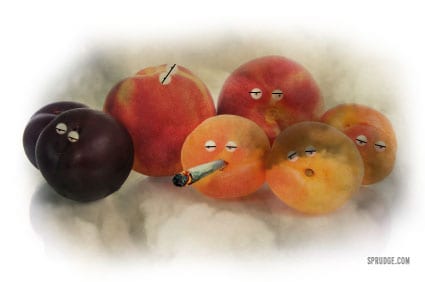
Another bonus of the espresso flavor score is that it covers the barista’s “command of their coffee”, which used to be considered under the presentation & professionalism score. Presentation and professionalism should be about the competitor’s poise, knowledge, and level of service, so I’m glad that it’s been made explicit that command of their coffee’s flavor is an expectation of all baristas and should be under their drink scores.
So that’s it! There will undoubtedly be tons of conversation about these changes leading up to this year’s first Regional (Nov. 2nd in Atlantic City, y’all). But obviously having a command over these new changes in the scoring is going to be huge if you want to Work. It. Out. in this year’s competition cycle. Hopefully this feature helped deconstruct a little bit of that for y’all, and now we can all go back to the Crate & Barrel small wares catalog.
Alex Bernson (@alexbernson) is a staff writer for Sprudge.com












